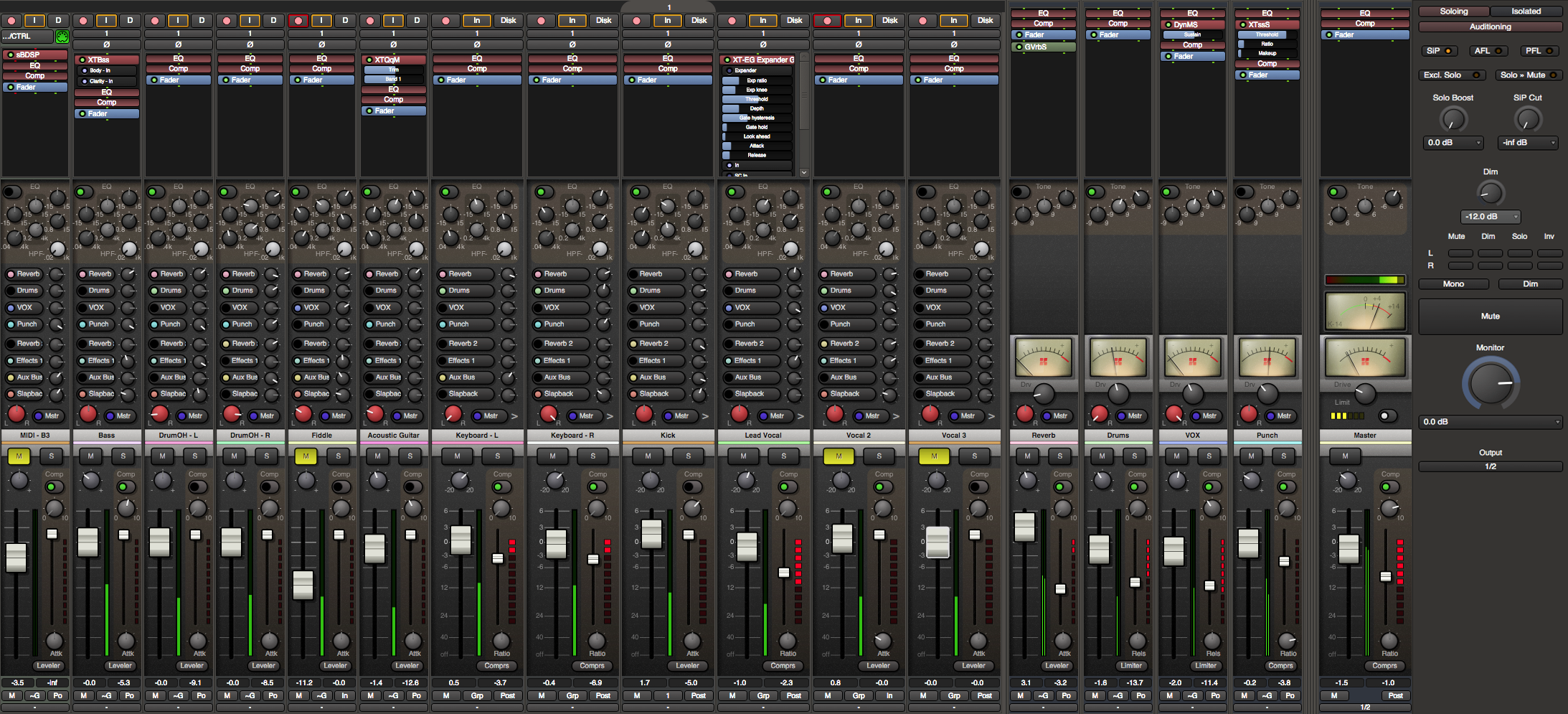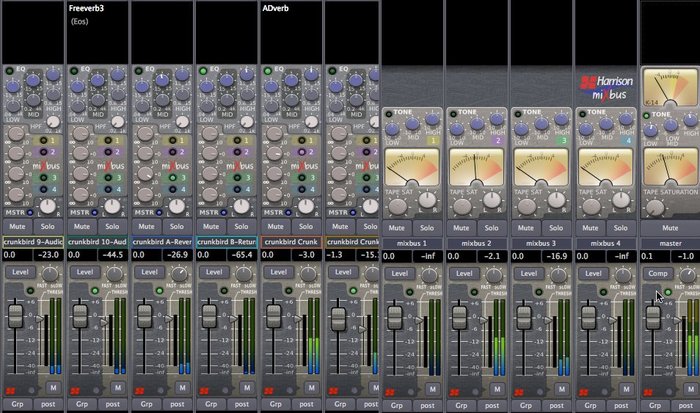


The topmost strip of both windows is where we find the most obvious reworking of the MixBus interface for version 4. You can toggle between these using the main menus, key commands or the two buttons located at the top right of the window. Although some features and settings are tucked away in pop-up windows and dialogue boxes, the bulk of your time is divided between the Editor and Mixer screens. Split Screensįor this review, I was working with MixBus 32C but, in terms of basic operation, the two versions are very similar. If you follow this approach, then once all the parts are captured, you can set a larger audio buffer size to give your CPU more scope to do its thing. That said, the user interface is designed very much with a conventional studio workflow in mind, where tracking and mixing are separate stages of the project. Harrison do note, however, that their analogue console emulation perhaps means MixBus is more demanding of CPU resources than some other DAWs. If your project is currently running smoothly, enabling additional EQ or compressor instances within the MixBus mixer will not suddenly push you over the CPU cliff. It’s also worth noting that, in both versions, all the processing options available within the channel strip are ‘pre-allocated’ host resources. Second, while MixBus offers eight stereo mix buses, MixBus 32C increases this to 12, providing greater flexibility. It therefore offers four-band EQ, with the top band switchable between shelving and peaking, and both high- and low-pass filters. First, while MixBus offers three-band sweepable EQ and a high-pass filter on each channel, MixBus 32C’s EQ takes its design from Harrison’s 32-series hardware mixers. There are two key differences between them, both related to how ‘big’ your virtual mixing console is.


Both also offer the console workflow and sound that is at the heart of the design. Both also offer third-party plug-in support, video playback, ripple editing, LTC/SMPTE sync and the usual array of audio and MIDI editing tools required to construct your projects. Both offer unlimited numbers of audio tracks and MIDI tracks, and plug-in support constrained only by your host computer’s resources. MixBus 4 comes in two versions: MixBus and MixBus 32C. Does this mean the program is now ready to relinquish its specialised status and move into the DAW mainstream? Big & Bigger Harrison have now delivered MixBus 4, with an array of new features.
#Harrison consoles mixbus mac os#
MixBus is also unusual in being available for Linux as well as Mac OS and Windows. This has won MixBus a number of admirers, including many who record in another DAW but use MixBus as their mix platform of choice exactly because of the workflow and sonics. However, the fundamental design elements of console workflow and console sound remain at the heart of the design. Harrison have added to its feature set in subsequent versions and, by the time SOS reviewed version 3 in September 2015, it had become a very capable DAW. From day one, MixBus was intended to provide the same recording and mixing experience as their large-format consoles and, as importantly, the same ‘analogue’ sound. The design and implementation was built very much around Harrison’s console-based background. MixBus wasn’t conceived as a standard DAW, though. The Editor screen provides a fairly conventional timeline-based view of your project, with tools for all the usual audio and MIDI editing. In more recent years, they have integrated digital technology into their hardware consoles and, in 2009, they added the next logic step in the product line: MixBus, a consumer-level digital audio workstation. These are used in some of the best studios around the world, and many classic recordings have been made through them. Harrison have built their reputation around the construction of high-end, large-format mixing consoles. Harrison’s MixBus promises the sound and user experience of a large-format console, at approximately one-thousandth the price! Published November 2017 Harrison’s MixBus is intended to offer the ‘look and feel’ as well as the sound of a large-format mixing console.


 0 kommentar(er)
0 kommentar(er)
